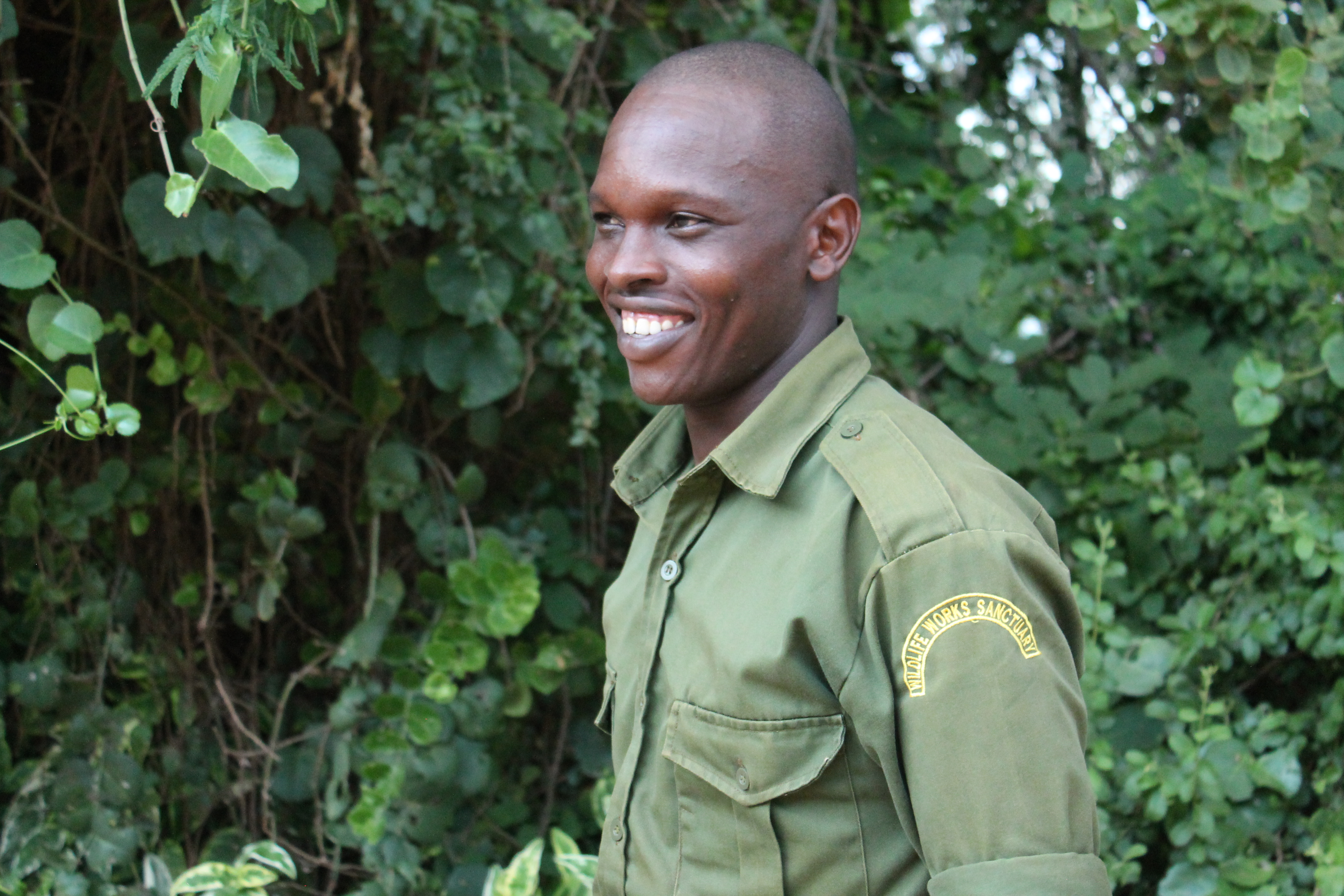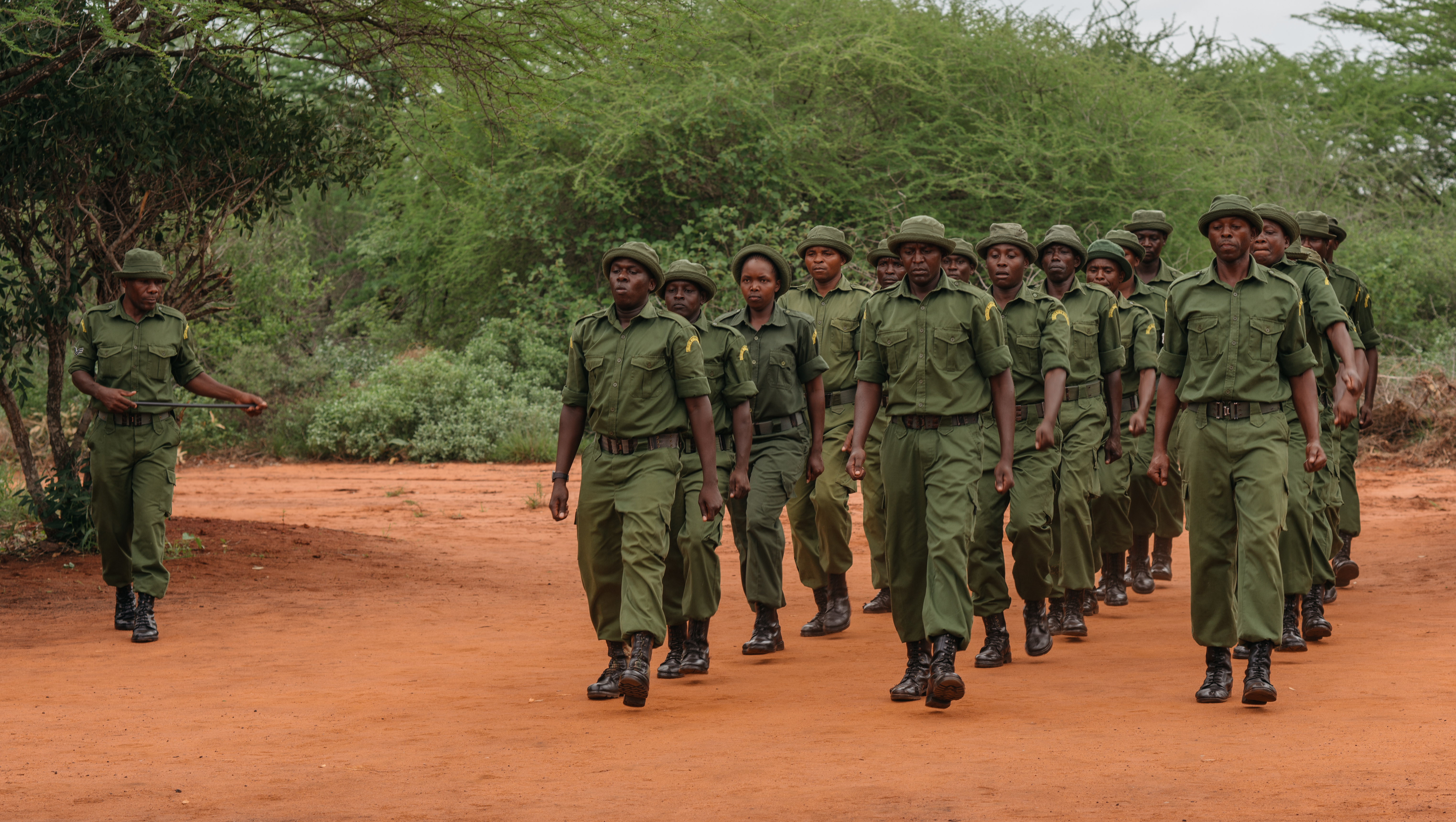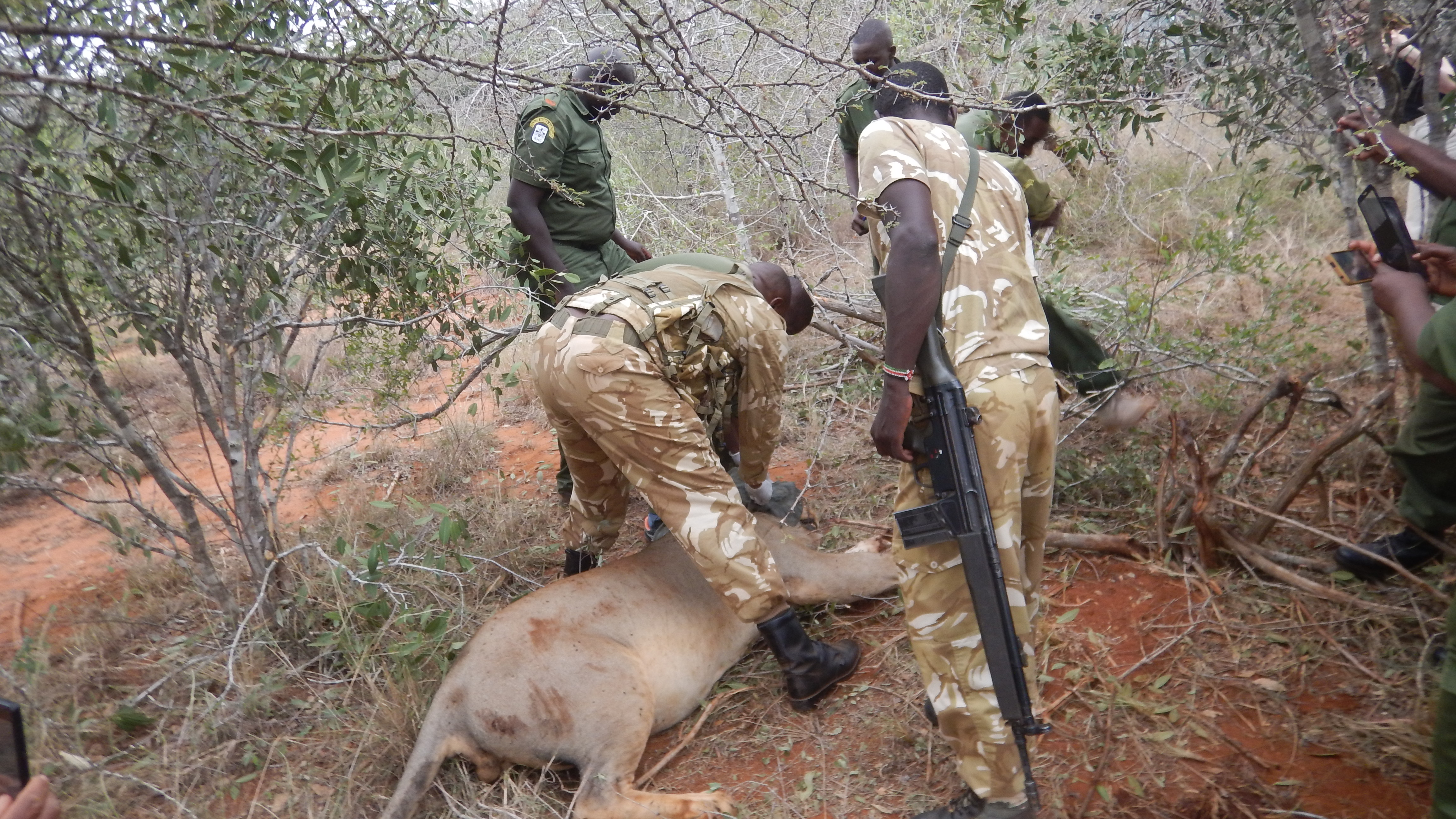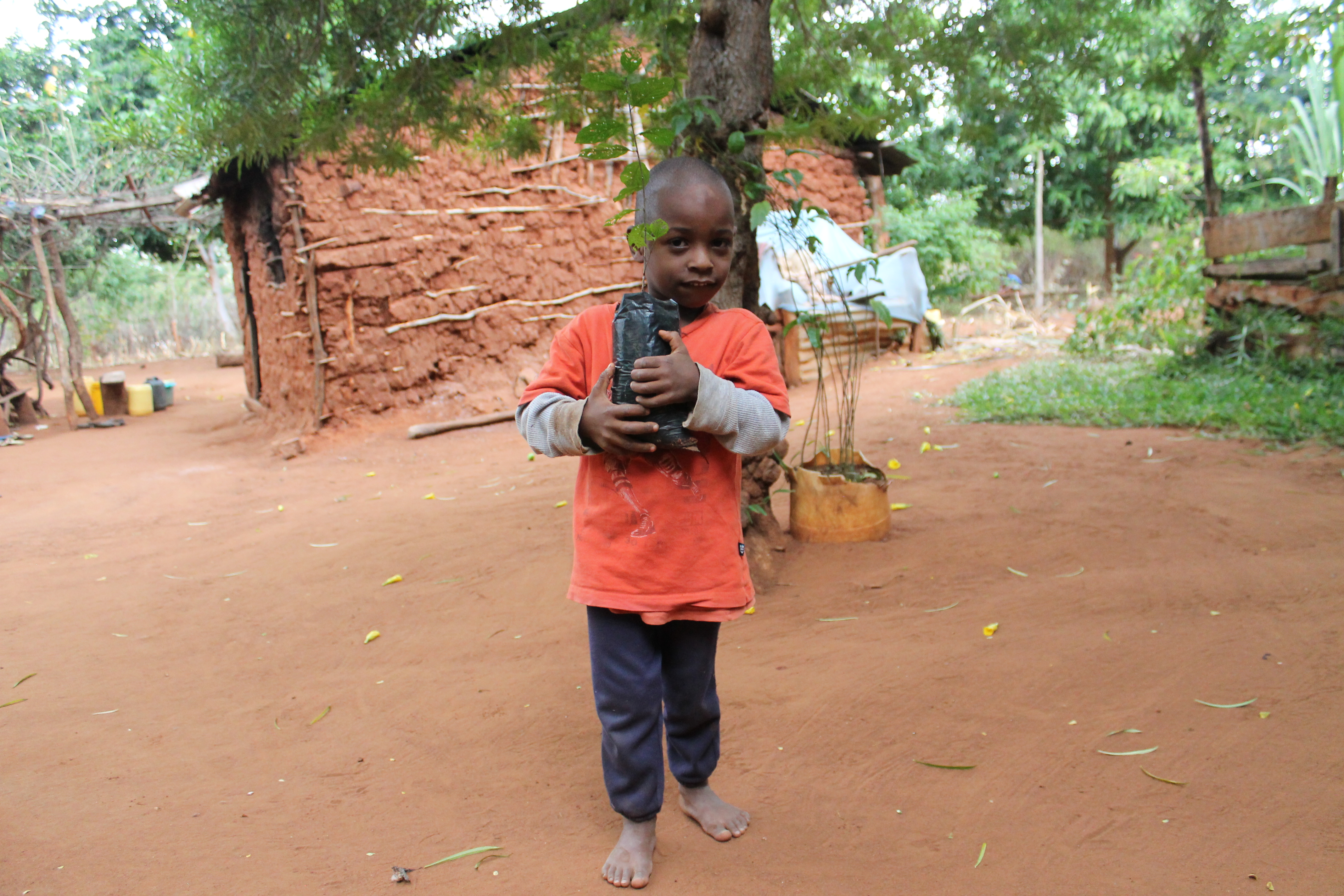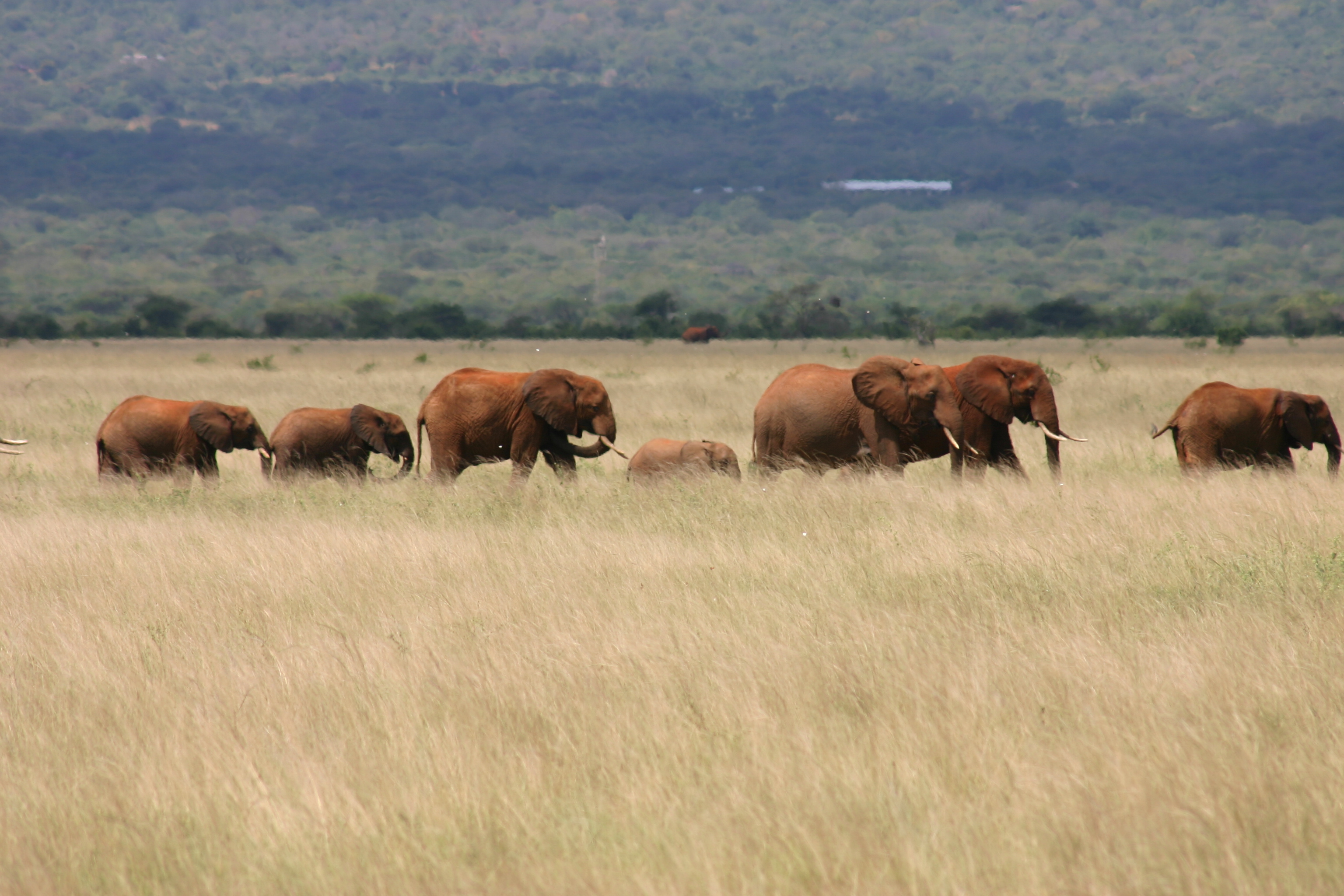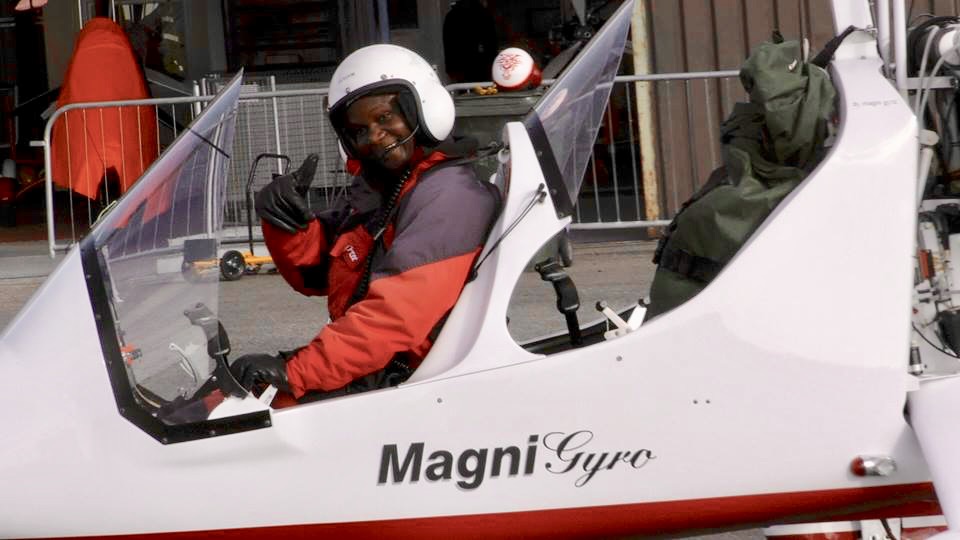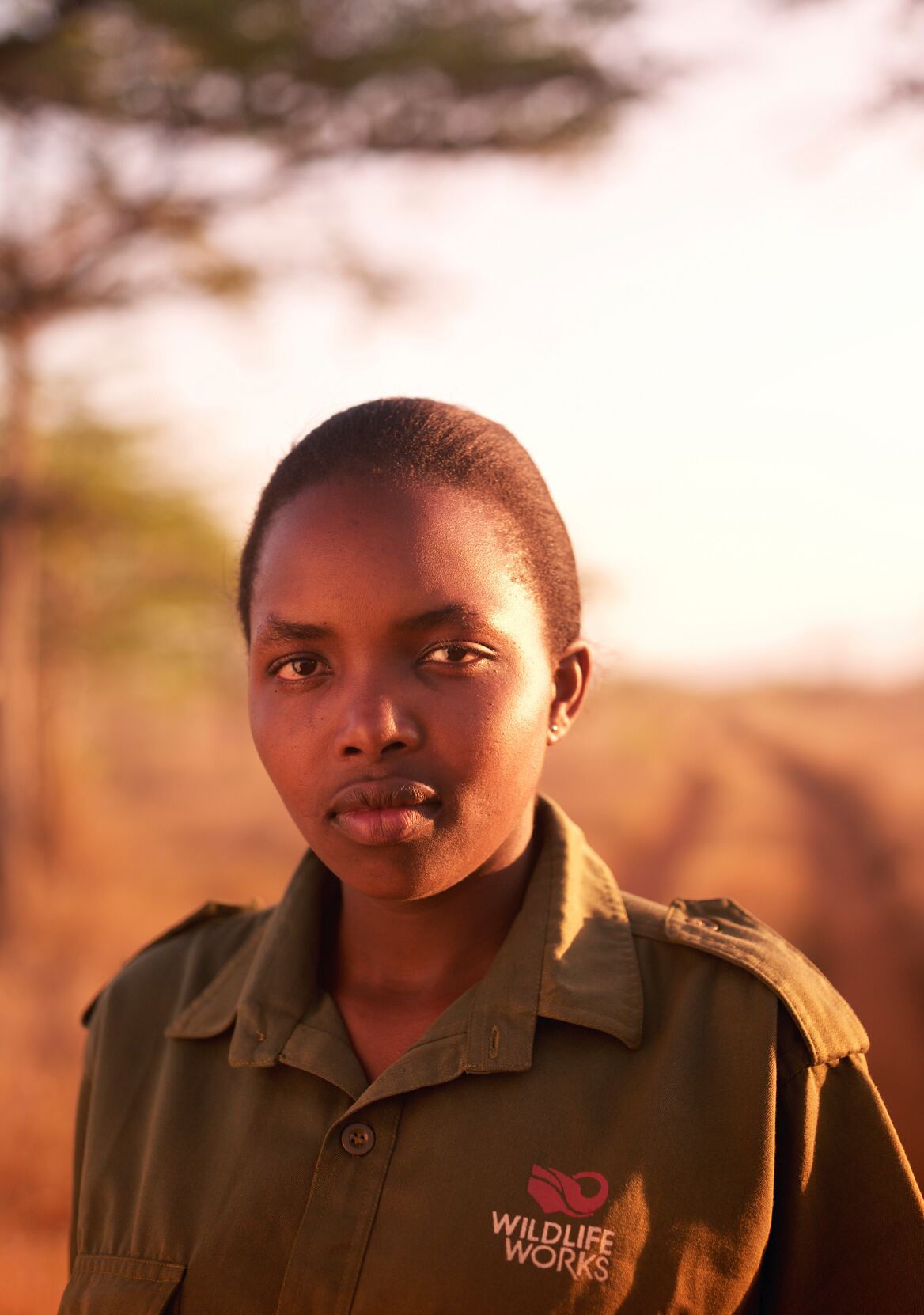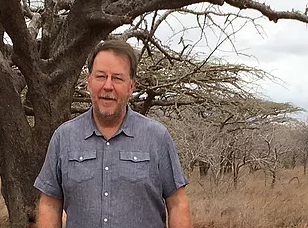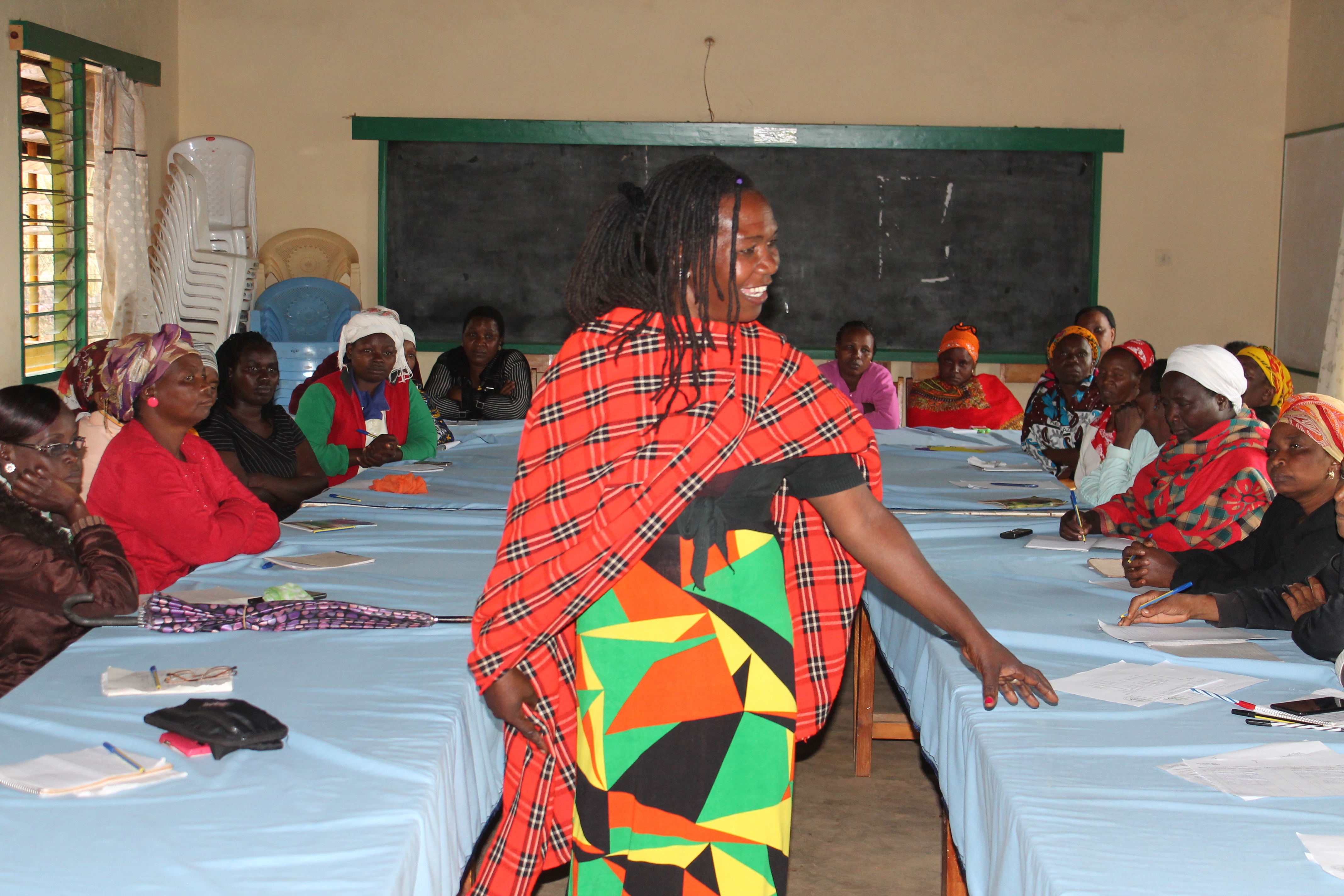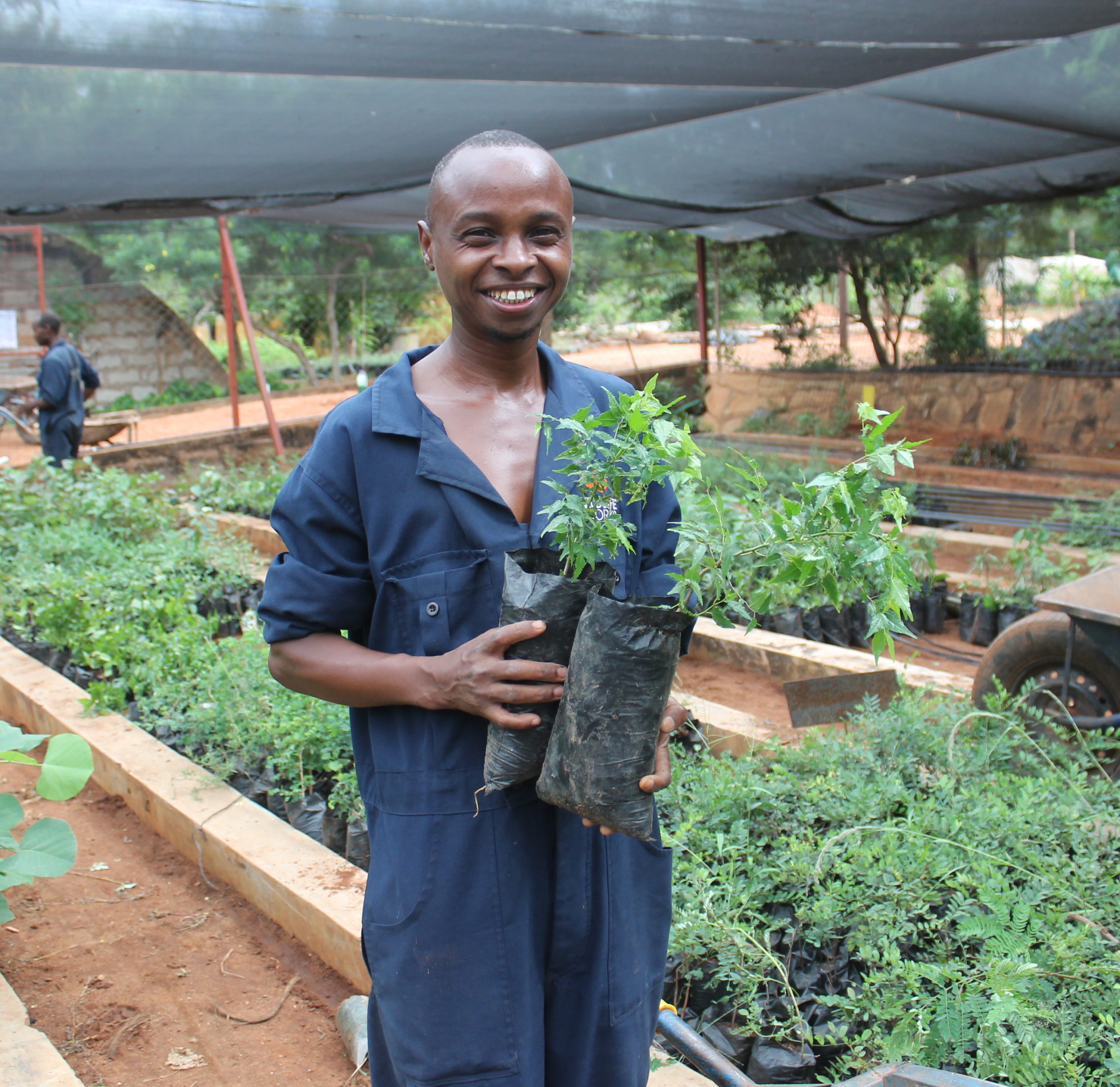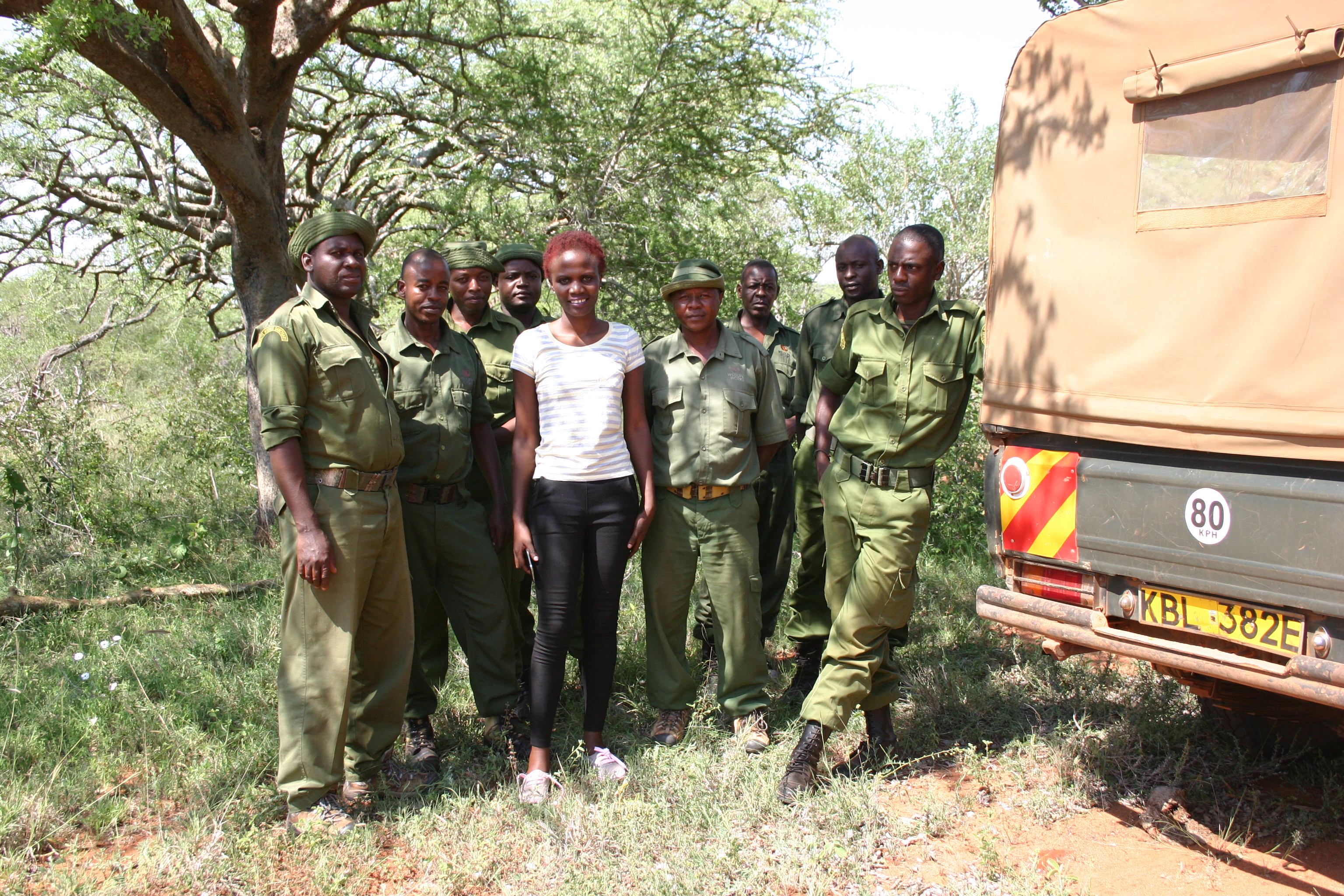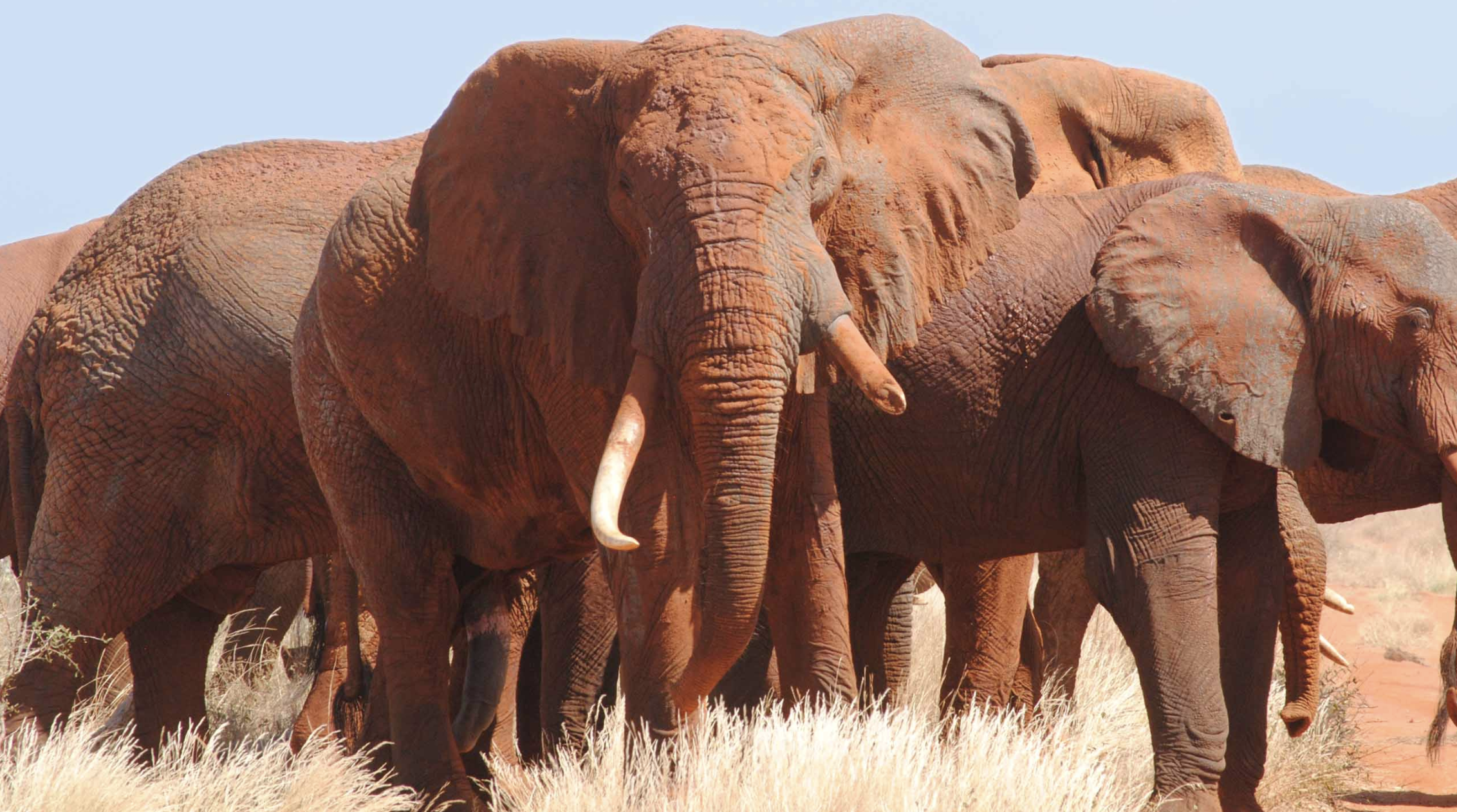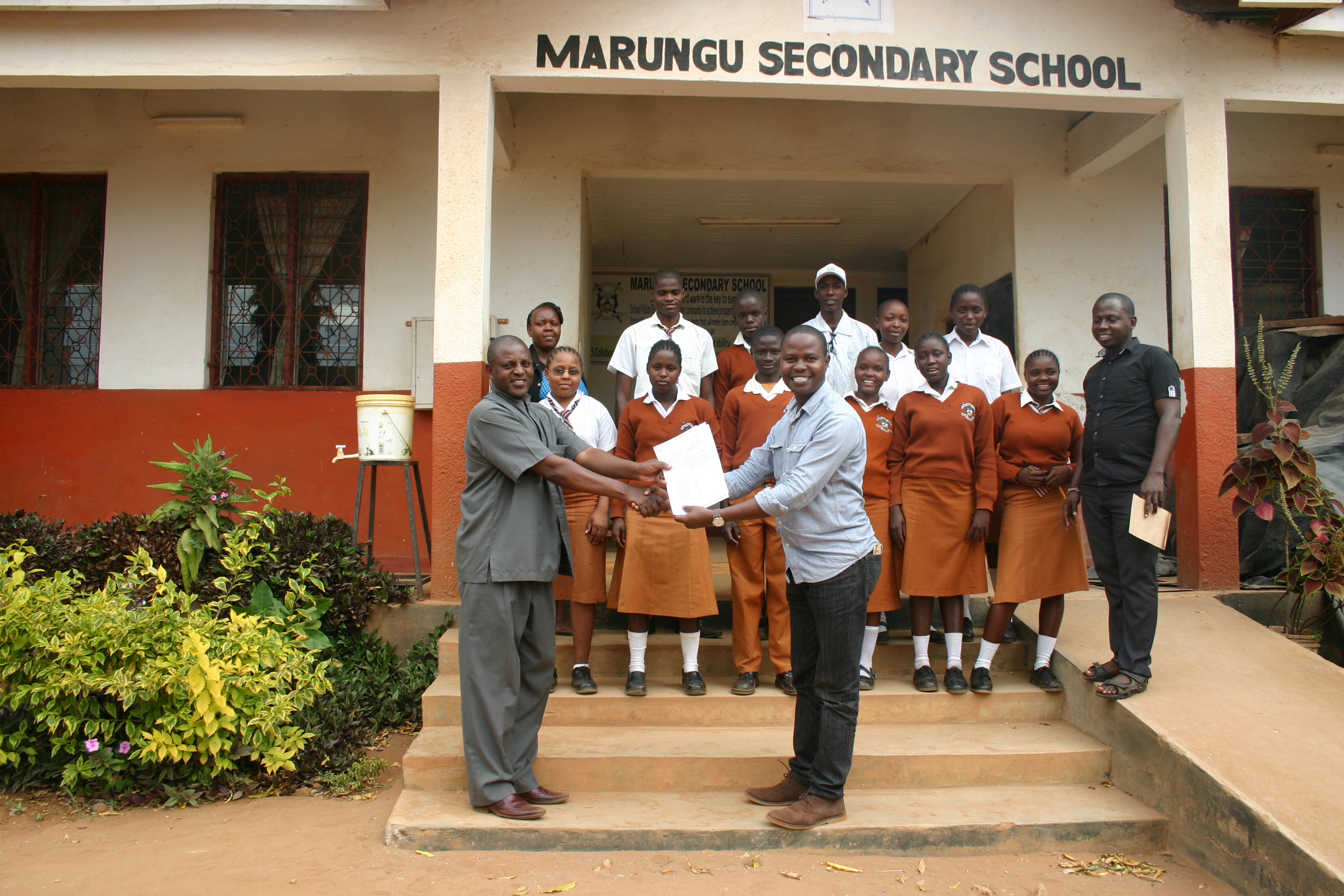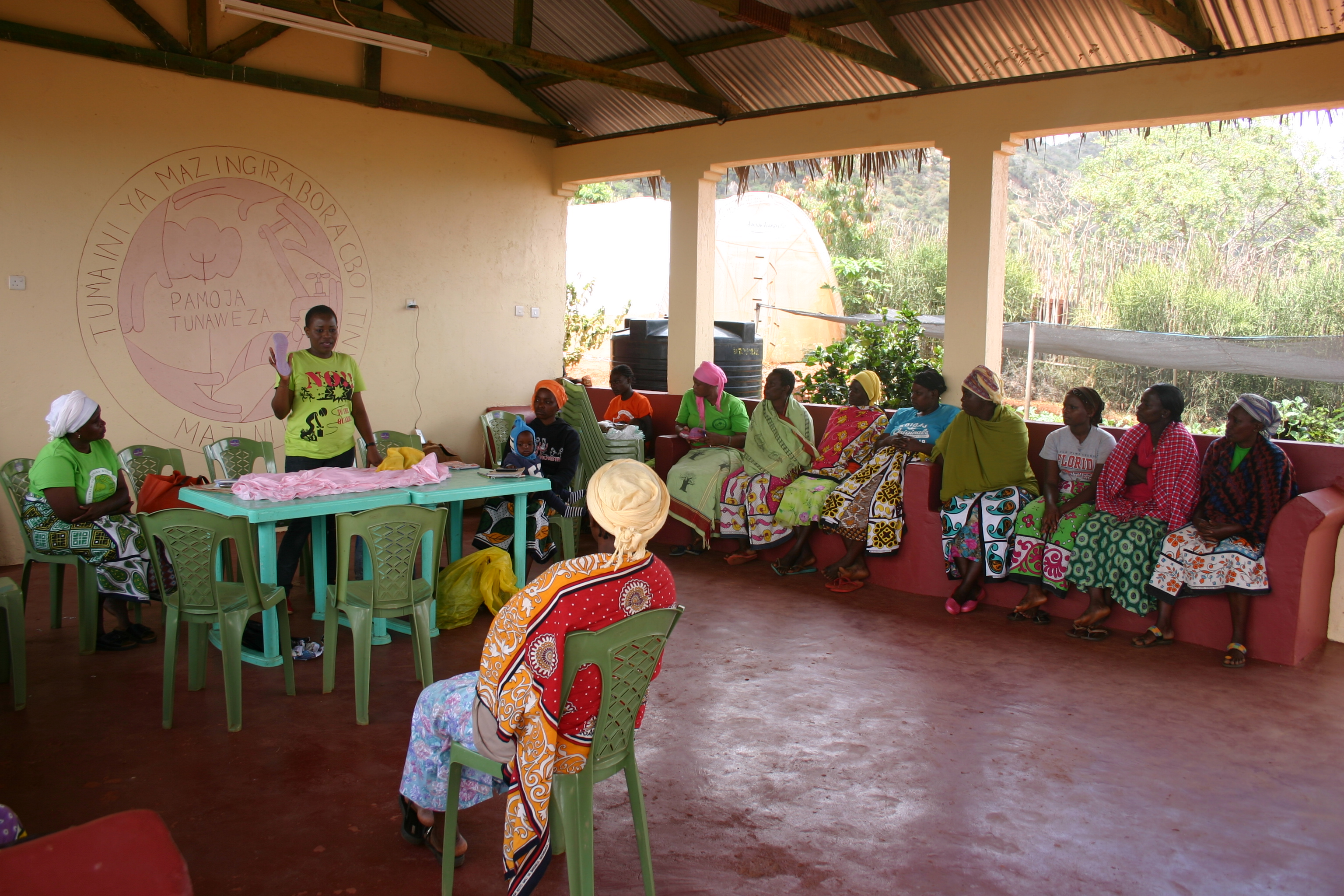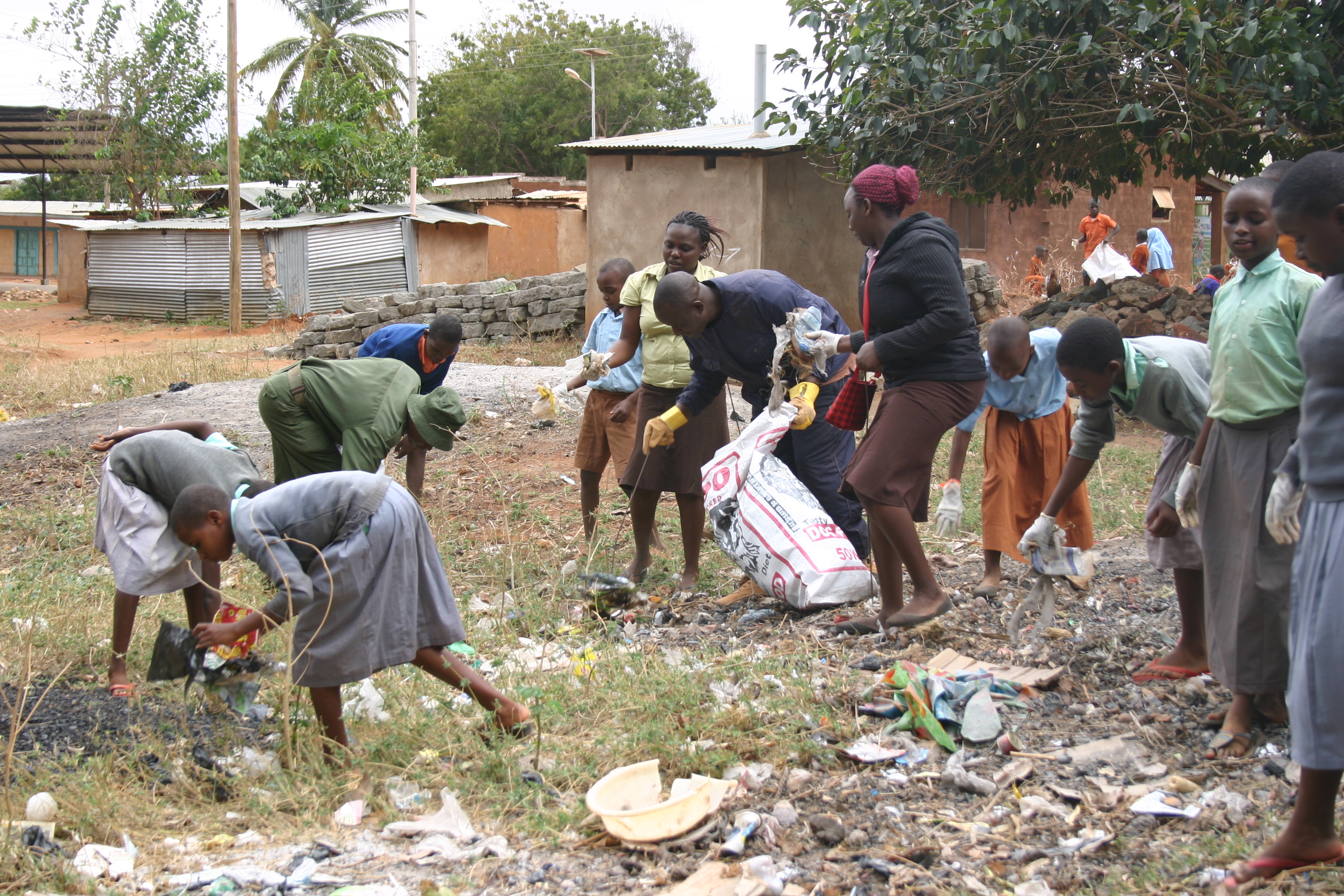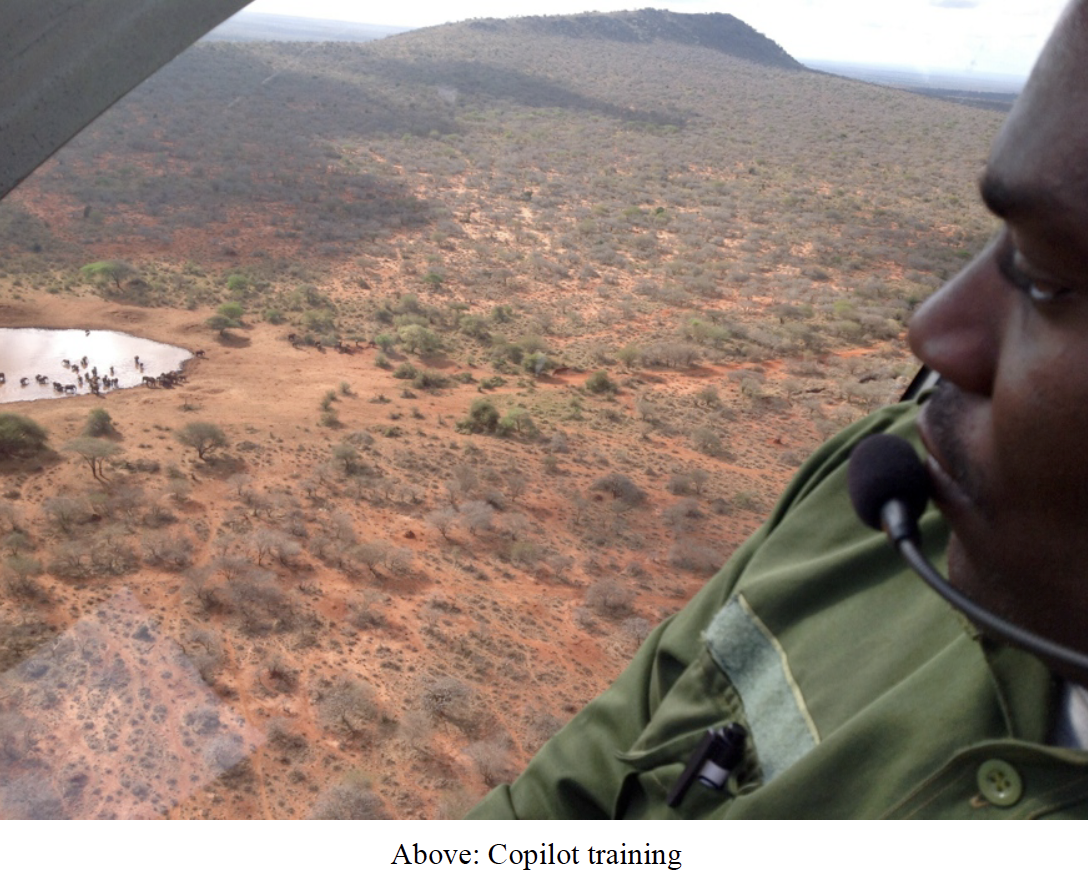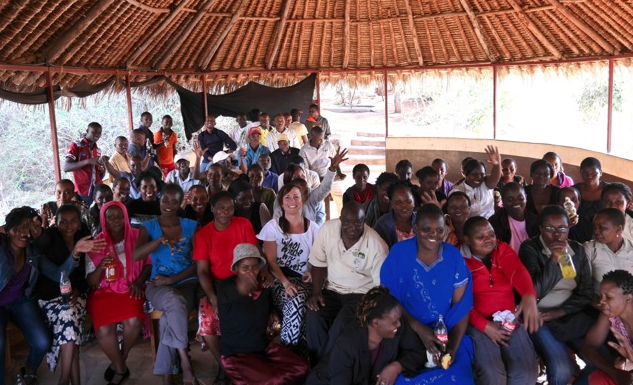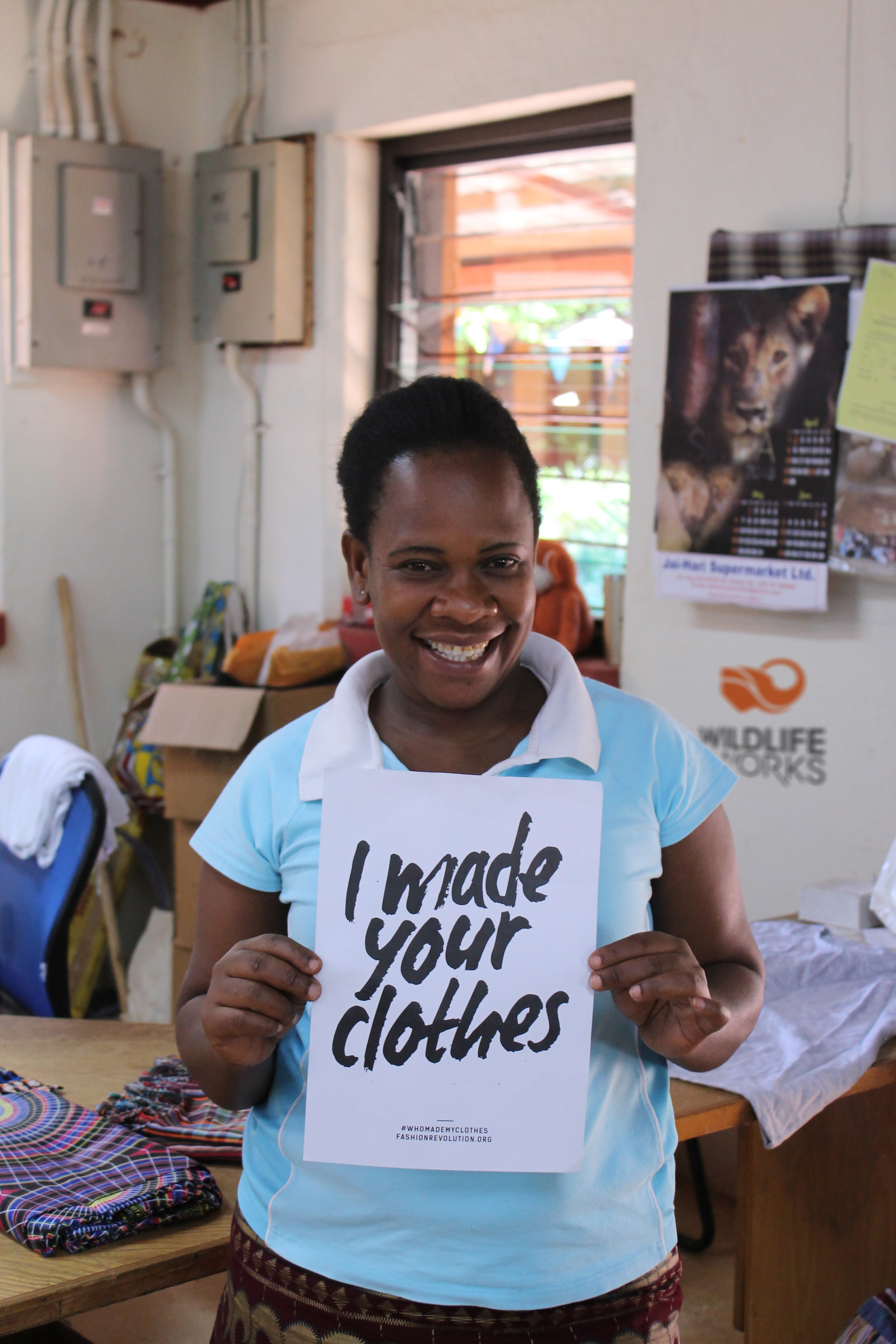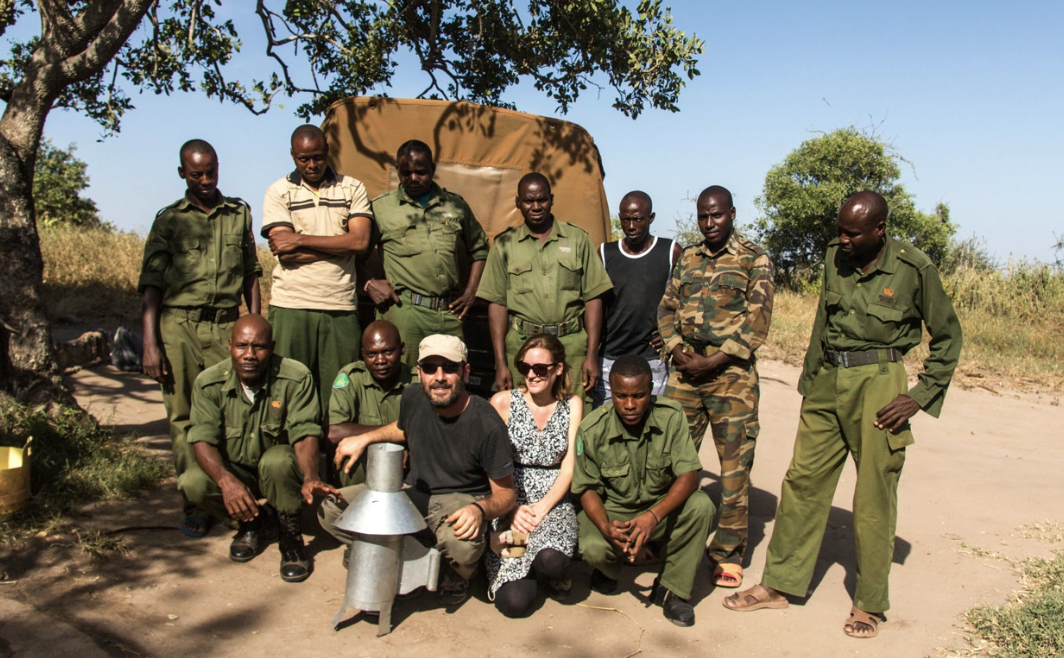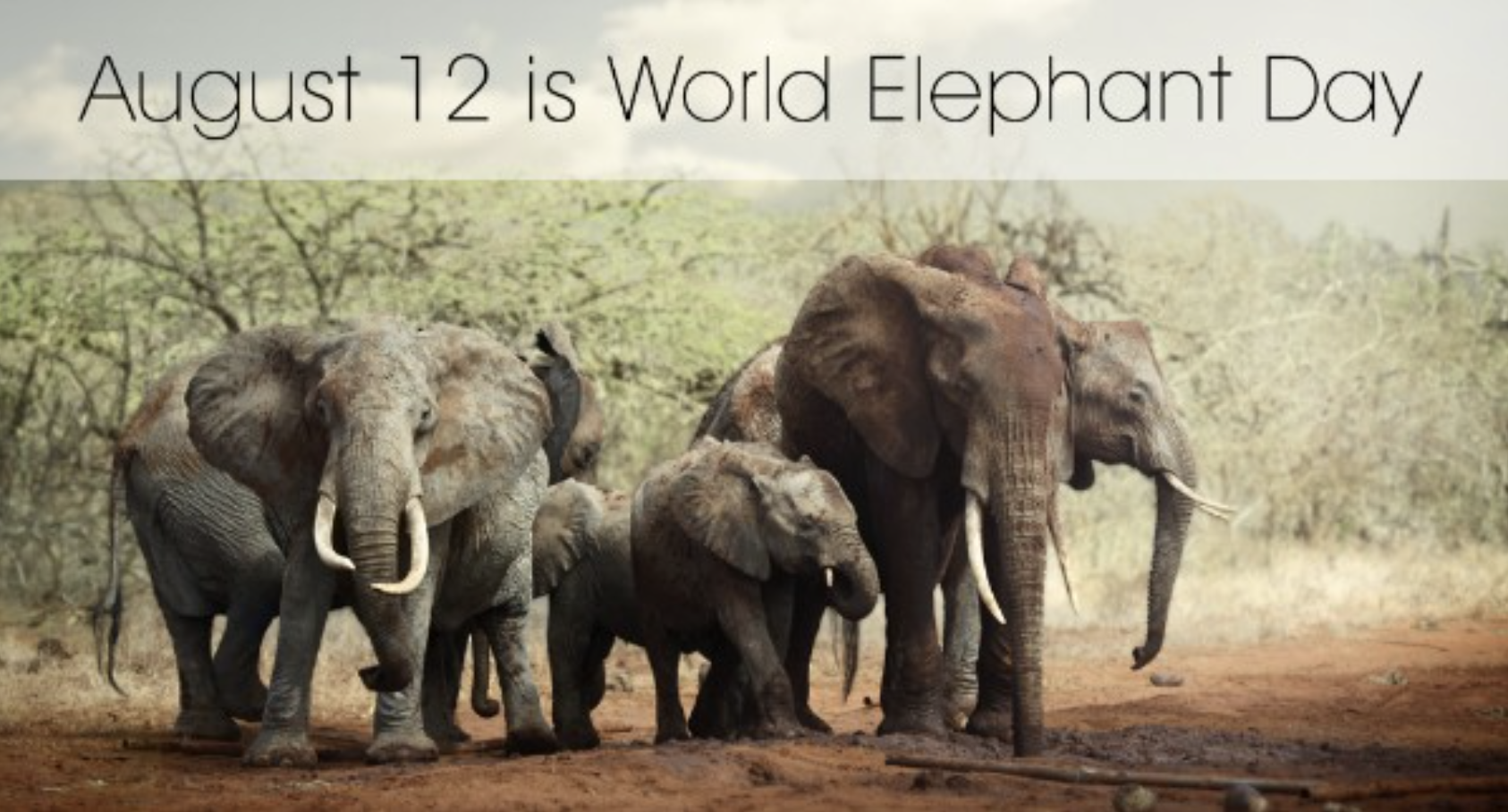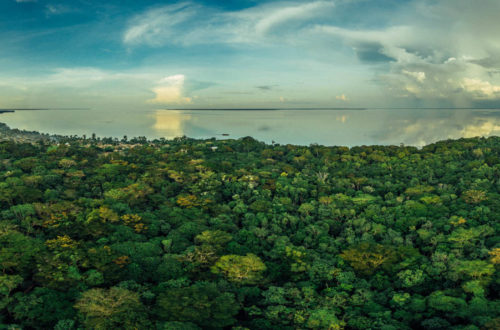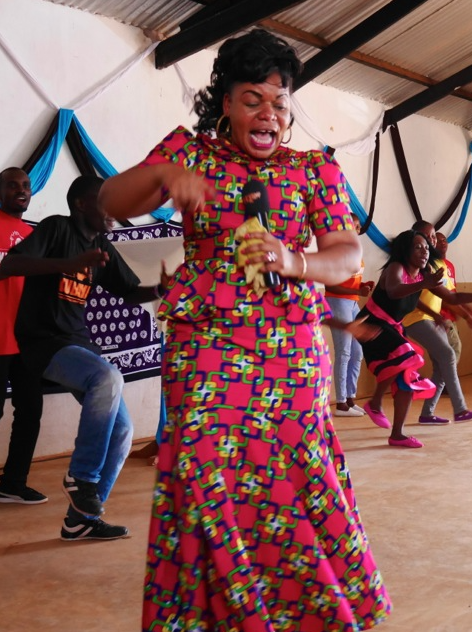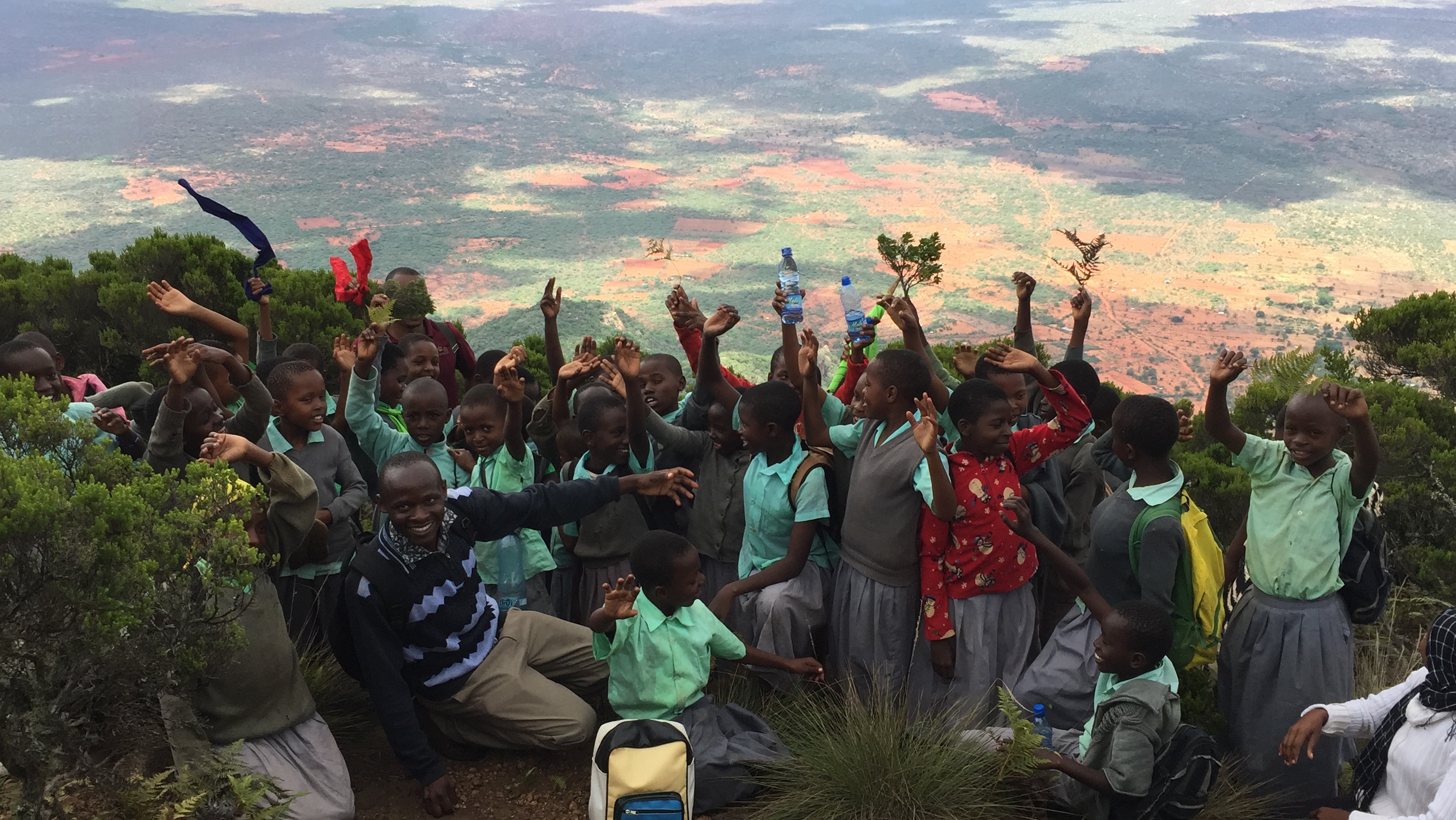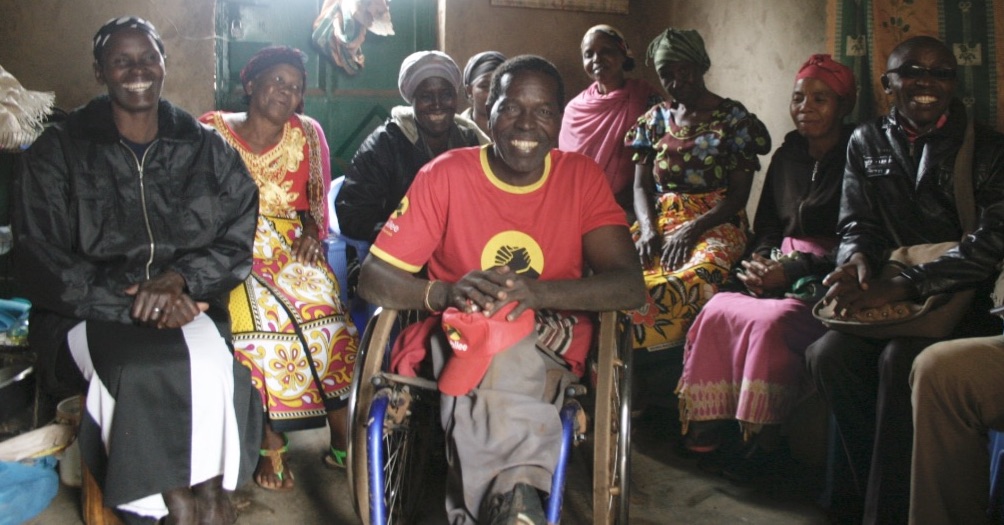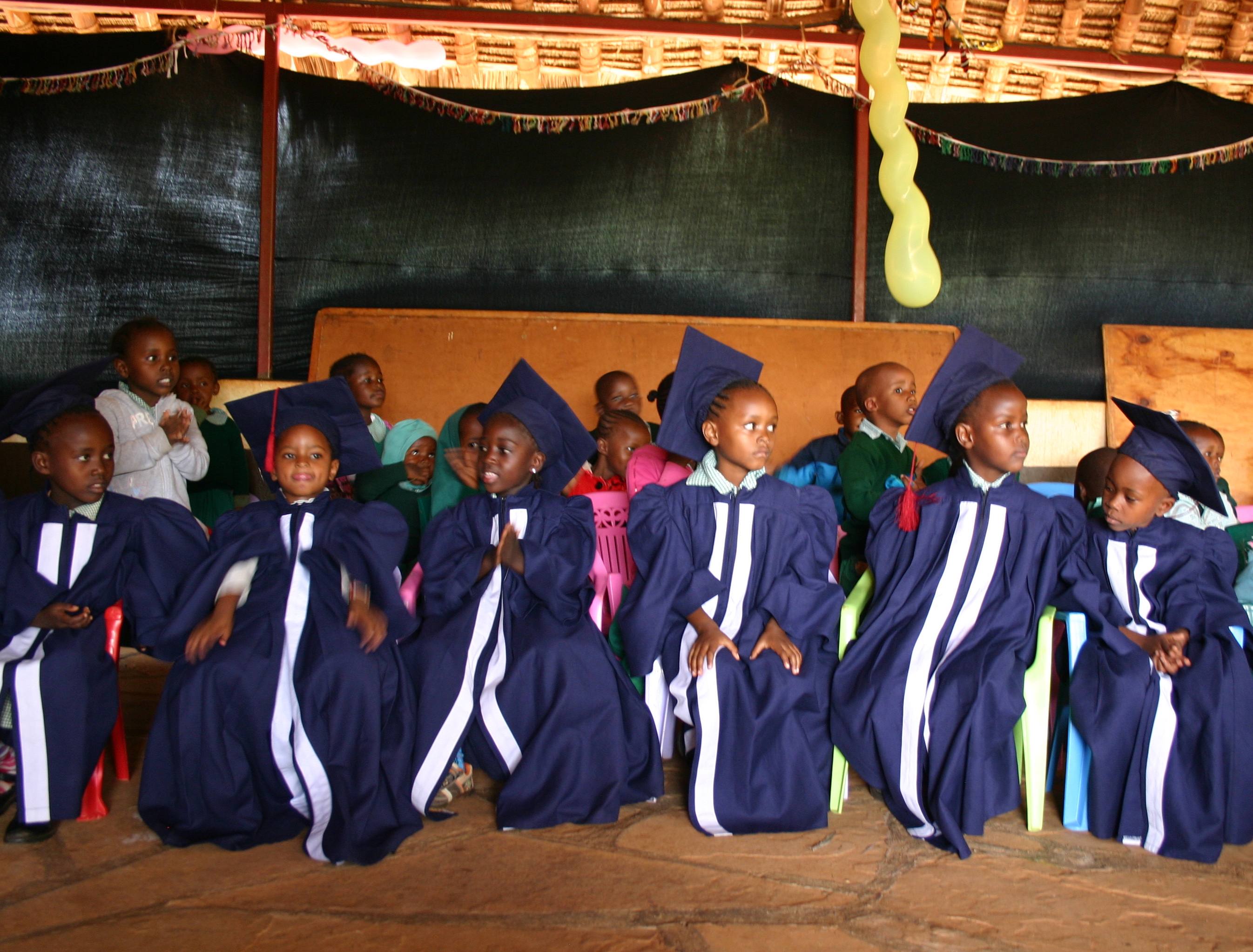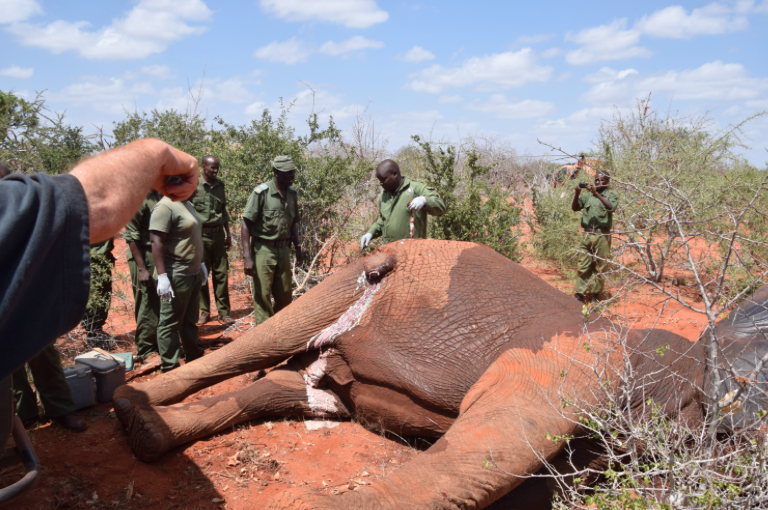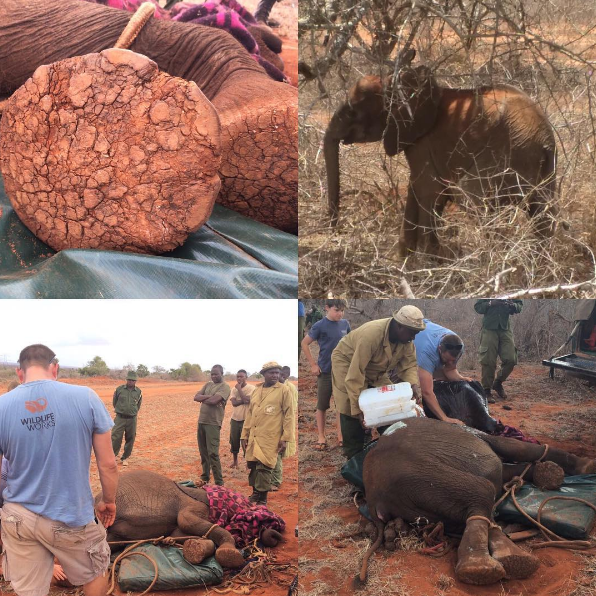Wildlife
-
Simon Kipsang; The Ranger and Co-pilot at Wildlife Works
By Jane Okoth For some, a wildlife adventure may seem like a normal thing, but that seemed an impossible opportunity for young Simon Kipsang. As a young boy growing up in Nakuru County, Simon only learnt about elephants, lions and other wildlife in school. “Since I was passionate about the environment, I would spend time taking care of trees in my homestead and wished that I would one day come face to face with wildlife,” he recalls thinking. As fate would have had it, his dream has come true. Now at 30 years old, Kipsang is a full time ranger and co-pilot at Wildlife Works. When the husband and father…
-
Human Wildlife Conflict; Reducing Tension Between Communities and Elephants
By Jane Okoth When Erick Sagwe, the Head Ranger at Wildlife Works, receives frantic phone calls from the local community about elephants invading their farms, he knows it’s time for him and his team to brace for a long night. “We receive phone calls from community members asking us to help drive away the elephants which have invaded their farms. Despite it being a dangerous job, we go because it is our duty to keep communities and animals safe,” he says. Human wildlife conflict is considered to be one of the biggest threats to the continued survival of species around the world. The impacts can be devastating with people losing…
-
Son of a Poacher, 26-year-old Fulfills Dream to Become Conservation Pilot
By Jane Okoth Always calm and composed in his demeanor, Daniel Zuma is not your regular character. As a gyrocopter pilot at Wildlife Works, the 26 year old is living his dream and even more impressively, is dedicated to inspiring his community. Being the first born in a family of five, Daniel Zuma has come a long way. He was not born in a wildlife friendly household – in fact, his father was a poacher, who was tragically killed by a buffalo. Daniel came to realize the importance of wild animals, and he wanted to take care of them rather than destroying them. “If I had decided to follow in…
-
A Day In The Life of Wildlife Works Rangers
It is a regular Thursday morning at Rukinga sanctuary. A group of nine rangers are already in a green Toyota Land Cruiser ready for their normal patrol in the bush, which starts at 7am and ends at 4pm. John Mwachofi, the team leader for camp 2.0, and his team started the day with some strategic planning at their camp. As the Media and Communication Officer at Wildlife Works, I thought it would be great to join this dedicated team with my colleague, the Executive Office Assistant just to get a glimpse of what it’s like being a ranger. The team is just a section of 120 unarmed Wildlife Works rangers…
-
In Kenya, a Transformation in Shades of REDD by Amy Yee
Originally published by Undark. CASE STUDIES/News & Features In Kenya, a Transformation in Shades of REDD Communities near the Rukinga Sanctuary once seemed locked on a path of resource decimation. But here, at least, a global conservation plan is working. 07.28.2017/ BY Amy Yee HERE IS WHAT a dead elephant looks like: Rib bones longer than my arm scattered across red dirt. Over here is a lower jaw, beached and desolate like the broken hull of a ship. Over there is the massive boulder of its skull. Behind the gaping eye sockets is a web of porous bone, a hideous honeycomb. Shreds of gray skin are strewn across the soil like filthy rags,…
-
Kasigau Corridor Aerial Surveillance Annual Report: Jun 16 – Jun 17
By Keith Hellyer Executive Summary: The objective of the Kasigau Corridor Aerial Surveillance project is to increase aerial support for improved anti-poaching measures in order to protect Tsavo’s elephants. Funding from the Elephant Crisis Fund has increased surveillance over the Kasigau Wildlife Corridor between Tsavo East and West and has supported Wildlife Works and KWS’ rangers on the ground in anti-poaching activities, locating elephant herds, discovering carcasses, assisting in rapid response events, increasing ranger security and help to curb other illegal activities. From May/June 2016 to June 2017, due to the funding from the Save The Elephants / Elephant Crisis Fund grant, the team have flown for 657 hours over…
-
Do Something on World Elephant Day
Why is this day important? Prior to European colonization, scientists believe that Africa may have held as many as 20 million elephants; by 1979 only 1.3 million remained. Today, Africa’s savannah elephant population is estimated at just over 350,000. The current rate of species decline is 8%, meaning that elephant numbers could more than halve to 160,000 in nine years. If nothing changes, localized extinction is almost certain. source Why is this happening? The main threats to elephants are: (1) The Ivory Trade: A recent research by Save the Elephants revealed that an estimated 100,000 elephants were killed for their ivory in Africa between 2010 and 2012. That’s an average of…
-
Inspiring Local Kids By Hiking Mountains
Mount Kasigau sits at a moderately impressive 1,640 meters. Compared to Mount Kenya the nears 5,000 meters, this mountain may barely set records as a tough climb. However, heat, elevation difference and either dry or muddy condition make this peak noteworthy. The Kiteghe Wilderness and Environmental Club does a big trip at the end of every term, three times a year. Big trips like this one are only made possible through funding and support from Wildlife Works who helps supply guides, adult chaperones, snacks, and water for the trip. Any kid aged 12-16 can join the Environmental Club. They hold a capacity up to 45 members and will fill all…
-
Injured Elephant Gets Treated
On Jan 28, 2017, Keith, our anti-poaching pilot went on a morning aerial patrol flight, after a tip off there was potentially a charcoal camp on northern Taita ranch, Kenya. At about 7:30am we spotted a lone bull in the thickets below us, it had a very large cyst on its right side, just above its back leg. Keith then messaged the David Sheldrick Wildlife Trust, who brought KWS vet Dr. Poghon by road from Voi. With the gyrocopter keeping visual on the injured elephants location, the ground team attempted to get close enough to the elephant to tranquilize it. The thick bush made it impossible for the ground team to…
-
Baby Elephant Rescue
On November 2, 2016, our ground team received a call from a goat herdsman that a 5-year old elephant was roaming close to her farm alone for hours. Our Rangers immediately reported to the scene and called @dswt to arrange airlift transport to their Nairobi orphanage in a few hours time. Meanwhile, the rangers kept close eye on the baby girl elephant by keeping down wind and out of site as not to frighten her away. When it came time to prepare her for the transport, it took a team of 12 to secure her down as she struggled with fear of her capturers. After treating some minor wounds, we…

